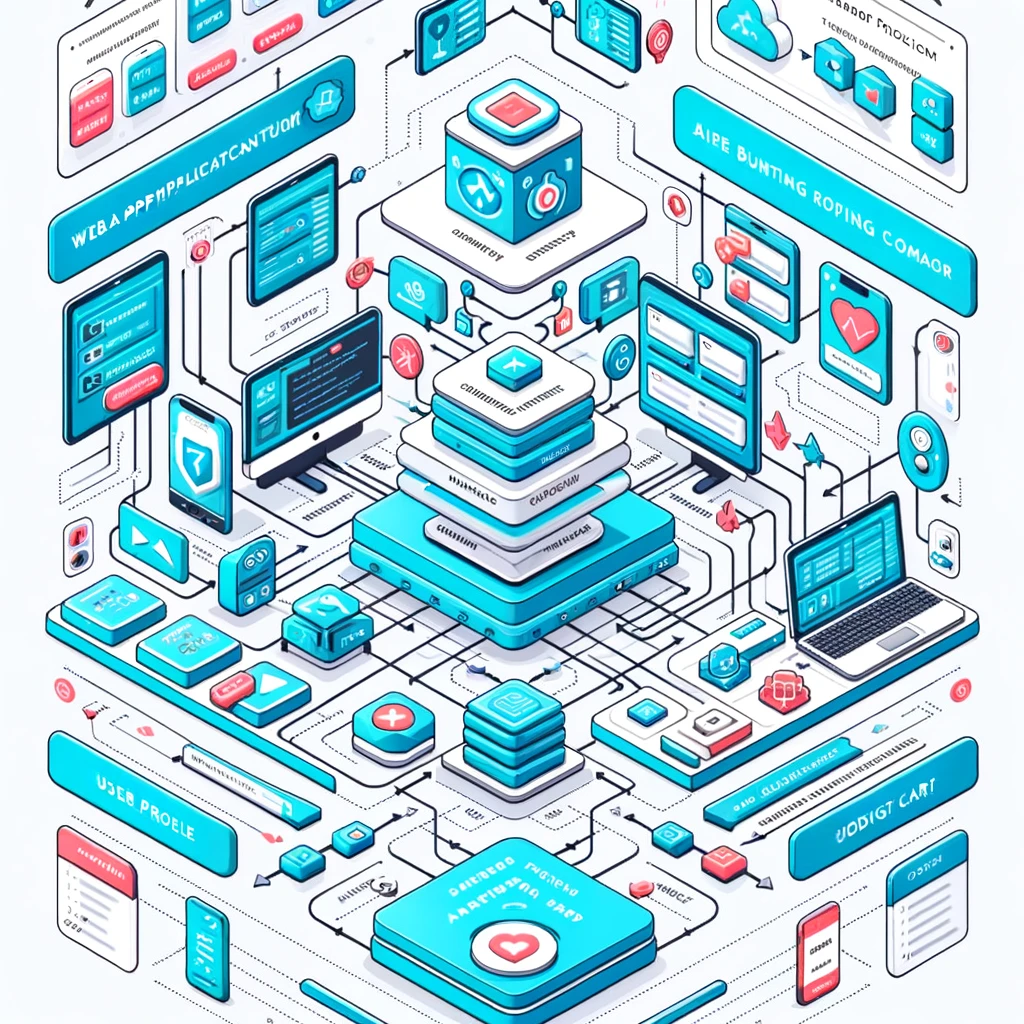Micro frontends represent a design approach in which a frontend app is decomposed into individual, semi-independent “microapps” working loosely together. Each microapp handles a portion of the business logic and UI, aiming for better scalability, maintainability, and development speed. With the release of Angular 17, utilizing micro frontends can offer several benefits, especially given Angular’s ecosystem and tooling improvements. Here are some of the key advantages:
- Improved Scalability: By breaking down the frontend into smaller, manageable pieces, teams can scale their applications more efficiently. It’s easier to add new features or extend existing ones without risking the stability of the entire application.
- Enhanced Developer Experience: Different teams can work on separate microapps concurrently without stepping on each other’s toes. This isolation reduces coordination overhead and allows for faster development cycles. Angular 17, with its improved CLI and development tools, further enhances this aspect.
- Technology Agnosticism: Micro frontends enable teams to choose the best technology stack for each microapp based on its unique requirements. While Angular 17 might be the core framework, teams can integrate microapps built with other frameworks or libraries if needed, fostering innovation and flexibility.
- Simplified Codebase Management: Each microapp can be managed in its own repository, making it easier to maintain the codebase. This separation allows for cleaner, more organized development practices and reduces the complexity associated with large monolithic frontends.
- Independent Deployment: Micro frontends support independent deployment, meaning each team can deploy their updates without waiting for a full frontend release. This approach aligns well with continuous integration/continuous deployment (CI/CD) practices, leading to quicker feedback loops and faster time to market.
- Focused Testing: Testing can be more focused and efficient as each microapp can be tested independently. This reduces the scope of testing while ensuring that specific functionalities work as expected. Angular 17’s testing tools and libraries can be leveraged to automate and streamline these processes.
- Improved Performance: By loading only the necessary microapps for a given user interaction, micro frontends can potentially offer better performance compared to loading a single, large application. Techniques such as lazy loading, which Angular 17 supports natively, can be utilized to optimize resource loading further.
- Easier Upgrades and Migration: Upgrading or migrating legacy systems can be daunting. With micro frontends, teams can incrementally upgrade or replace parts of the frontend without overhauling the entire application. This incremental approach reduces risk and allows teams to leverage the latest features and improvements in Angular 17 without a big-bang migration.
- Guys for implementation kindly check this link : Angular 17 Micro Frontend Demo
Adopting micro frontends in Angular 17 projects requires careful planning and consideration of the architectural implications, such as the strategy for state management, communication between microapps, and deployment logistics. However, the benefits of improved scalability, development velocity, and application resilience often outweigh the challenges, making it an attractive approach for modern web application development.

Leave a Reply
You must be logged in to post a comment.